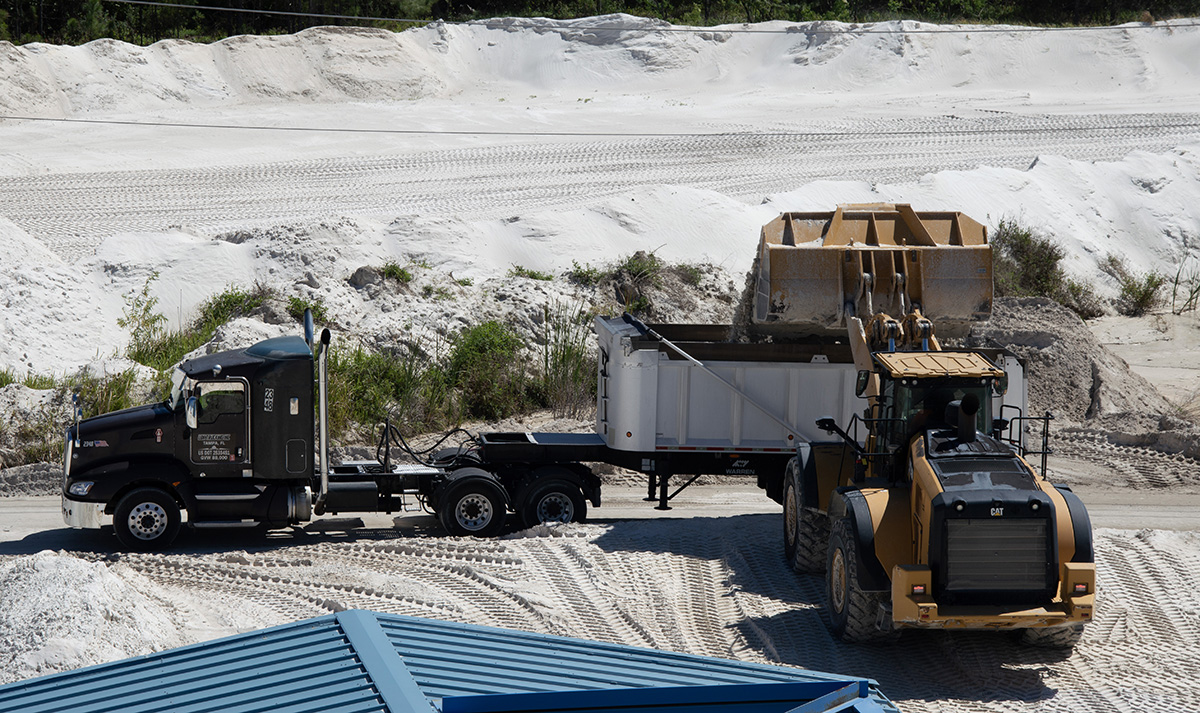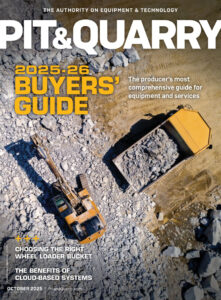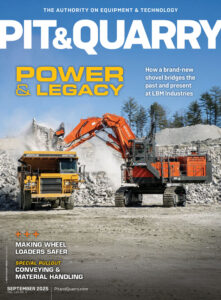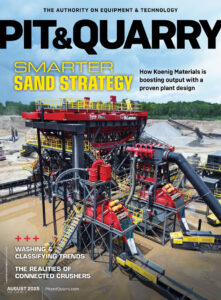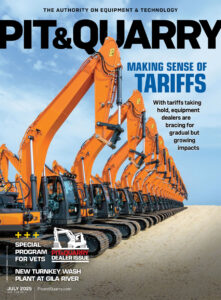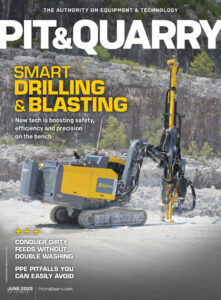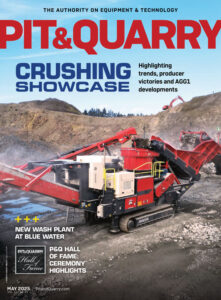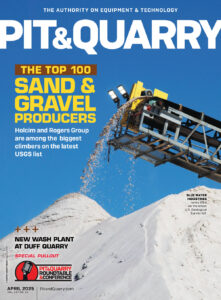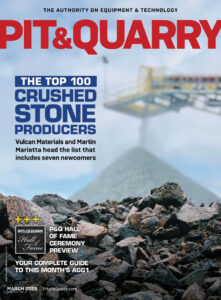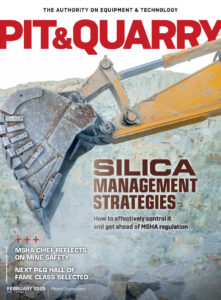
Today’s aggregate producers face several financial challenges, including the residual effects of the 2021 to 2022 inflation spike, an elevated cost of capital due to the higher interest rate environment, and a low unemployment rate that means a tight labor market for those looking to add staff.
While the economy seems to have achieved the soft landing that the Fed has worked to engineer and employment remains strong, small businesses must contend with elevated interest rates, a tight labor market and judicious customers who are still upset by the significant runup in prices over the past several years.
Business owners should be judicious in their expansion plans. In uncertain economic times, it is important to focus on goods and services that provide a demonstrated value to customers. Before expanding services, it is important to thoroughly test the market to determine demand and pricing power.
Make sure your anticipated sales more than cover your anticipated expenses, and be sure to have access to sufficient capital to cover several months of operating expenses in case anticipated sales take longer than expected to materialize.
Tariffs
Tariffs, if implemented, are likely to have a significant impact on the aggregate industry.
The U.S. is imposing a 145 percent tariff on most goods imported from China, 10 percent on goods from South Korea, the European Union and Brazil, and up to 25 percent on Canadian and Mexican goods that are not specifically excluded from the recently imposed reciprocal tariffs.
Many of these tariffs would be even higher if not for President Trump’s recent 90-day suspension of the reciprocal tariffs announced on April 2. Given the magnitude of these new tariffs, there is no question that housing will be more expensive to build, maintain and improve for Americans in the coming months.
Tariffs on the import of foreign goods and materials could, over time, make manufacturing in the U.S. more economical relative to importing goods from abroad. This could be good for some industries.
But in the short to medium term, tariffs are likely to drive inflation significantly higher and cause significant disruption to the global supply chain, threatening many U.S. jobs at manufacturers, wholesalers and retailers who rely on the global supply chain to source the components, raw materials and finished products they sell.
Higher tariffs will certainly cause prices to rise for U.S. consumers, as tariffs drive up the cost of the product being imported. These costs must be passed on to the customer. This will not only spur inflation but lower overall consumption, thus slowing the economy.
• Advice for navigating this. There is a wide range in the size of the tariffs that have been implemented, leaving room for importers to seek out suppliers in less affected jurisdictions.
The European Union for example currently carries only a 10 percent tariff, while China’s tariffs stand at 145 percent. While the cost of production in Europe is certainly higher, lower shipping costs and tariffs may make certain European materials seem affordable relative to similar products from higher-tariffed countries.
Access to funding
The market for obtaining small business financing has been tight since banks scaled back their exposure in the spring of 2023 following the collapse of Silicon Valley Bank, First Republic and Signature Bank.
Since that time, many banks have seen deposits move out of banks toward higher-yielding fixed-income products, and commercial defaults have risen substantially.
In addition, interest rates are higher today than in years past, making it more challenging for businesses to afford financing.
Fortunately, businesses with strong credit profiles and a history of financing that’s essential for equipment have quality options both with banks and non-bank lenders. Still, business owners should expect a higher cost of capital than in years past. Therefore, they should calculate the cost of the financing relative to the expected profits that the financing will generate to ensure a positive return on investment.
• Advice for navigating this. For business owners who borrow money to purchase inventory, acquire equipment and fund expansion, it is important to maintain multiple financing relationships.
Banks have been pulling back from lending to small businesses, and having contacts at multiple lending institutions can help secure the fastest and lowest-cost capital when borrowing is required.
We have also seen the equipment finance market impacted by banks’ reduced willingness to lend, making it more difficult for businesses to finance their equipment purchases.
Tips
• Speak to as many potential financing sources as possible
• If purchasing equipment, work with the equipment vendor to explore financing options through that vendor’s financing partnerships
• Talk to the local bank to understand their lending criteria and collateral requirements for commercial loans
• If those resources don’t prove fruitful, many independent non-bank lenders are willing to lend money quickly – albeit at higher rates than a bank
Final thoughts
Fortunately, businesses with strong credit profiles and a history of financing essential to use equipment have quality options both with banks and non-bank lenders.
Business owners, however, should expect a higher cost of capital than in years past and, therefore, calculate the cost of the financing relative to the expected profits that the financing will generate. This can ensure a positive return on investment.
Ben Johnston is COO of Kapitus, a small business lender and marketplace.

